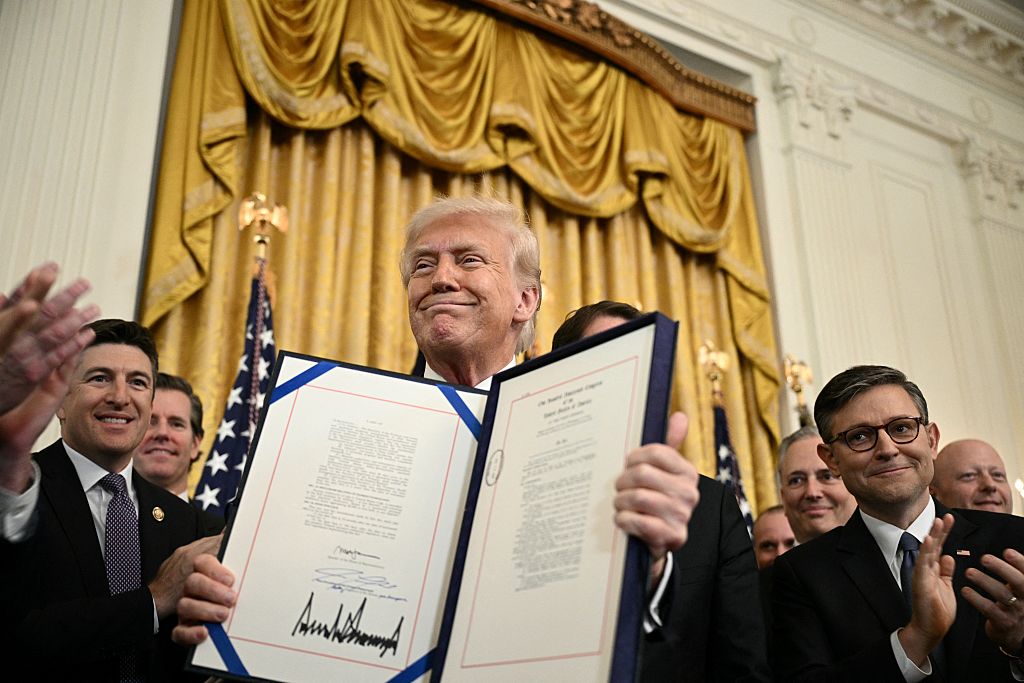
This year marks the 30th anniversary of the launch of two competing investment trusts specialising in smaller Asian companies: Aberdeen Asia Focus (LSE: AAS) and Scottish Oriental Smaller Companies (LSE: SST). Fidelity Asian Values (LSE: FAS) was launched a year later. The long-term performance of all three has been excellent, but leadership has switched a number of times over the years.
In 2024, SST, with £380 million of net assets, led the trio and seemed set to continue its run. It had benefited from a very high allocation to India and a low one to China, but had started to shift in favour of China and Taiwan on the basis of relative valuation.
However, this shift stalled, leaving SST still with a 38% exposure to India – 10% over the MSCI AC Asia ex Japan Small Cap index – and heavily underweight Taiwan (8%) and South Korea (2%) against index weightings of 23% and 15%. These two markets have performed strongly this year, while India is still below its September 2024 peak. The result is a -10% performance over one year against 19% for AAS and 11% for FAS.
MoneyWeek
Subscribe to MoneyWeek today and get your first six magazine issues absolutely FREE

Sign up to Money Morning
Don't miss the latest investment and personal finances news, market analysis, plus money-saving tips with our free twice-daily newsletter
Don't miss the latest investment and personal finances news, market analysis, plus money-saving tips with our free twice-daily newsletter
Hugh Young, who was the lead manager of AAS (£580 million of assets) until two years ago, used to say that India had terrible infrastructure but great companies, while China had great infrastructure but terrible companies and corporate governance. He also favoured Southeast Asia over Taiwan and Korea. Gabriel Sacks, who took over from him, has taken a new approach, holding just 23% in India but 18% in Taiwan and 12% in Korea.
Still, this alone does not explain his strong performance. AAS has now returned 90% over five years, which is 23% ahead of the benchmark index, 5% ahead of FAS and 24% ahead of SST. The overlap of Sacks’ portfolio with the index is just 4%, while performance has been helped by borrowings of 8% of net asset value (NAV).
Why are Asian small caps outperforming the rest of the market?
Sacks points out that “small-cap equities in Asia have outperformed the broader market over three, five and 10 years” and believes that “better diversification across countries and sectors with less concentration in a few mega caps has resulted in more market resilience”.
The key to strong future performance lies not just in a favourable economic outlook but to the potential to continue to add value from uncovering hidden gems, he argues. With that in mind, the meagre research coverage of Asian smaller companies offers an opportunity. Sacks stresses the importance of “on-the-ground expertise, first-hand knowledge and direct engagement with companies” in the process.
“Quantitative analysis is by no means guaranteed to tell us everything we ought to know,” he writes. “A business’s qualitative aspects can be every bit as influential – and maybe even more so – in guiding our choices. This is why we prefer to see things for ourselves. It is why we visit premises and facilities. It is why we meet with senior executives. It is why we enter into dialogue and ask probing questions.”
Such an approach is labour-intensive and costly, which is why many active managers focus on computer screening and index-hugging to keep charges down. This has worked over the long term, hence AAS has a 30-year annualised return of 12.2% against 5.1% for the benchmark index. Today, it looks like the obvious choice between the three trusts: it is trading on a 10% discount to NAV against just 5% for FAS and 13% for SST.
A turnaround in the Indian market would help SST, but Sacks remains cautious. “Though valuations are more palatable [than before], they are still far from bargain levels and the short-term earnings outlook appears mixed.”
That said, FAS and SST also have long-term records of clearly beating the index. So it should prove more important to be invested in one of the three than choose which one.
This article was first published in MoneyWeek's magazine. Enjoy exclusive early access to news, opinion and analysis from our team of financial experts with a MoneyWeek subscription.
Get the latest financial news, insights and expert analysis from our award-winning MoneyWeek team, to help you understand what really matters when it comes to your finances.

Max has an Economics degree from the University of Cambridge and is a chartered accountant. He worked at Investec Asset Management for 12 years, managing multi-asset funds investing in internally and externally managed funds, including investment trusts. This included a fund of investment trusts which grew to £120m+. Max has managed ten investment trusts (winning many awards) and sat on the boards of three trusts – two directorships are still active.
After 39 years in financial services, including 30 as a professional fund manager, Max took semi-retirement in 2017. Max has been a MoneyWeek columnist since 2016 writing about investment funds and more generally on markets online, plus occasional opinion pieces. He also writes for the Investment Trust Handbook each year and has contributed to The Daily Telegraph and other publications. See here for details of current investments held by Max.
-
 Are you being haunted by the ghost of Christmas past? How festive cutbacks could boost your long-term wealth
Are you being haunted by the ghost of Christmas past? How festive cutbacks could boost your long-term wealthThe average family spends around £1,000 over the Christmas season. Here’s how much you could have gained if you had invested some of the money instead.
-
 5 investment trusts for your pension
5 investment trusts for your pensionInvestment trusts are often a good choice for long term growth and income options, but which ones should you consider for your pension?
-
 Stock markets have a mountain to climb: opt for resilience, growth and value
Stock markets have a mountain to climb: opt for resilience, growth and valueOpinion Julian Wheeler, partner and US equity specialist, Shard Capital, highlights three US stocks where he would put his money
-
 The steady rise of stablecoins
The steady rise of stablecoinsInnovations in cryptocurrency have created stablecoins, a new form of money. Trump is an enthusiastic supporter, but its benefits are not yet clear
-
 SRT Marine Systems: A leader in marine technology
SRT Marine Systems: A leader in marine technologySRT Marine Systems is thriving and has a bulging order book, says Dr Michael Tubbs
-
 Goodwin: A superlative British manufacturer to buy now
Goodwin: A superlative British manufacturer to buy nowVeteran engineering group Goodwin has created a new profit engine. But following its tremendous run, can investors still afford the shares?
-
 A change in leadership: Is US stock market exceptionalism over?
A change in leadership: Is US stock market exceptionalism over?US stocks trailed the rest of the world in 2025. Is this a sign that a long-overdue shift is underway?
-
 A reckoning is coming for unnecessary investment trusts
A reckoning is coming for unnecessary investment trustsInvestment trusts that don’t use their structural advantages will find it increasingly hard to survive, says Rupert Hargreaves
-
 Modern Monetary Theory and the return of magical thinking
Modern Monetary Theory and the return of magical thinkingThe Modern Monetary Theory is back in fashion again. How worried should we be?
-
 Metals and AI power emerging markets
Metals and AI power emerging marketsThis year’s big emerging market winners have tended to offer exposure to one of 2025’s two winning trends – AI-focused tech and the global metals rally
